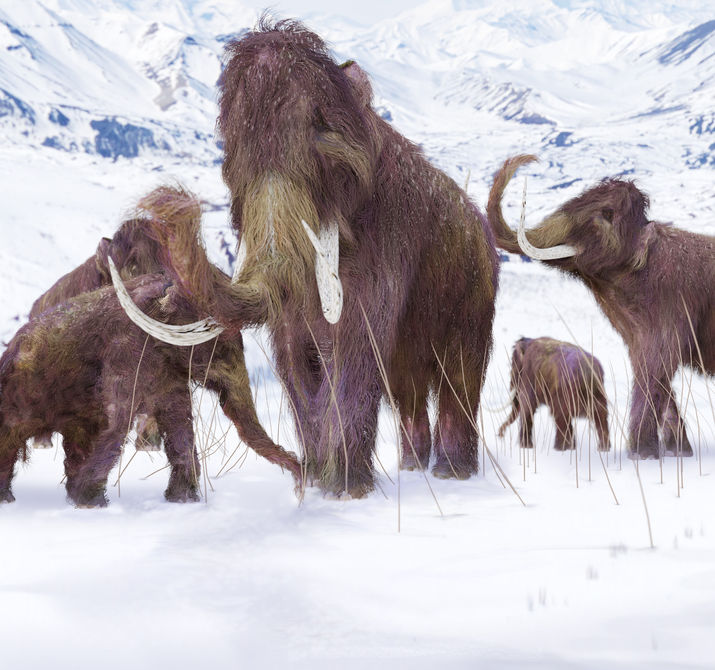Woolly mammoths could rebound from extinction, scientists say
Two years from now, the woolly mammoths could once again be freely roaming the Earth.
Through the use of the highly controversial DNA restoration project, a group of scientists from Harvard University are looking to bring back the prehistoric creatures—4,500 years back from its last sighting.
According to the Guardian, scientists have successfully merged genes from the long dead mammals with that of its closest living relative, the Asian elephant.
“Our aim is to produce a hybrid elephant-mammoth embryo,” head researcher George Church described their scientific breakthrough “Actually, it would be more like an elephant with a number of mammoth traits.”
Church also explained that his team is currently using a gene-editing technique called CRISPR to bring the giants back to life, which pretty much “cuts and pastes” DNA from frozen mammoth specimens into elephant stem cells.
After perfecting each DNA measurement, scientists will replace the nucleus of an Asian elephant egg cell with the nucleus of scientifically engineered mammoth cells.
Although the process has yet to start, the unorthodox cloning technique will be used to develop the egg inside the Harvard lab in Massachusetts, USA.
“We’re working on ways to evaluate the impact of all these edits and basically trying to establish embryogenesis [developing an embryo] in the lab,” Professor Church disclosed.
“We’re not there yet, but it could happen in a couple of years,” he added.
So far, Church and his team has identified several areas of DNA that affect the animal’s ear size, fat levels, hair and blood. They are expecting to uncover even more DNA patterns in the months to follow.
“The list of edits affects things that contribute to the success of elephants in cold environments,” Church explained.
Experts are also revealed that they’ll be growing the hybrid creature using an artificial womb.
However, several issues are surfacing regarding the use of a female Asian elephant, as the the species is currently under protection due to their dwindling numbers.
Still, the Harvard team said it could push back the “de-extinction” of mammoths for a few more years, or up until their surrogate’s population rises.
Meanwhile, the gargantuan land mammals, which were last documented alive during the Ice Age, are best known for their ferocious appearance and immense size, along with their shaggy coat and walrus-like tusks.
Since 2015, Church and his team have successfully switched 45 sections of DNA, including genes for mammoth features such as long hair, thick layers of fat, and cold-resistant blood.
Nature and animal conservationists, on the other hand, have questioned the process and claimed the the experiment only “diverts attention from efforts to conserve species that are still alive.”
Church denied the matter and said their efforts would only improve the conservation of endangered Asian elephants, engineering them to better adapt to cold, thus allowing them to live in a more expanded territory. Khristian Ibarrola / ra
RELATED STORIES:
Mammoth tusk unearthed in Idaho; skeleton sought
US construction workers unearth mammoth tusk















